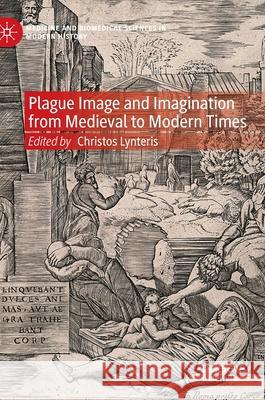Plague Image and Imagination from Medieval to Modern Times » książka
topmenu
Plague Image and Imagination from Medieval to Modern Times
ISBN-13: 9783030723033 / Angielski / Twarda / 2021 / 298 str.
Kategorie:
Kategorie BISAC:
Wydawca:
Palgrave MacMillan
Seria wydawnicza:
Język:
Angielski
ISBN-13:
9783030723033
Rok wydania:
2021
Wydanie:
2021
Numer serii:
000796561
Ilość stron:
298
Waga:
0.53 kg
Wymiary:
21.01 x 14.81 x 1.91
Oprawa:
Twarda
Wolumenów:
01
Dodatkowe informacje:
Wydanie ilustrowane











